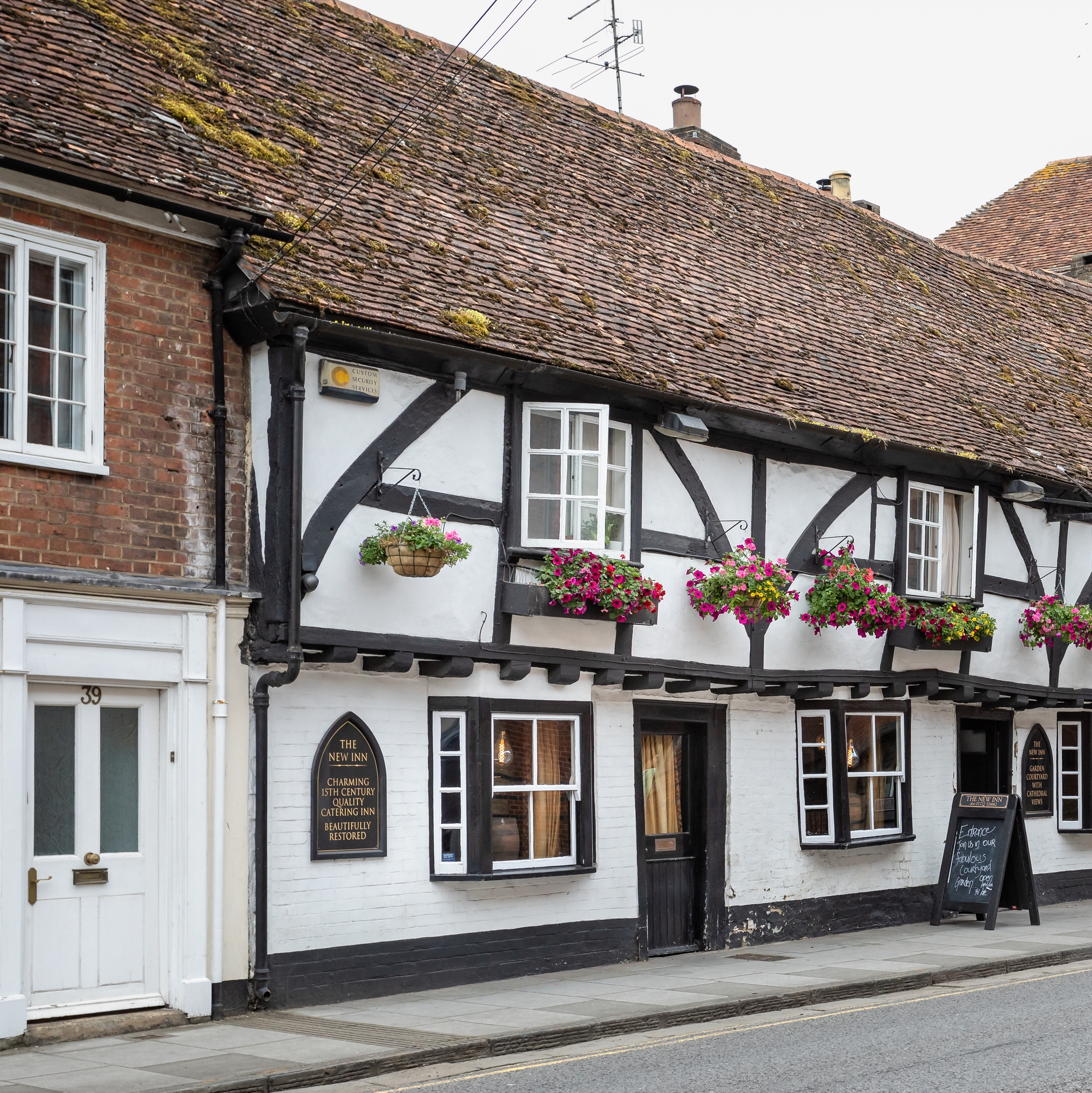By Matthew Vale, BSc, PGDip BldCons, BDMA ClmsPrct, MRICS, RICS accredited building conservation surveyor RICS registered expert witness
On 5 December 2022, five people were found guilty at Burnley Magistrates Court of illegally demolishing the Grade II listed Punch Bowl Inn in Ribble Valley, Lancashire. They are due to be sentenced on 8 March 2023.
The 18th-century pub closed in 2012 and, over the years, had fallen into disrepair. In 2018, new owners secured planning consent to convert the protected building into five holiday cottages and a café, which included permission to demolish a limited part of the structure. However, despite lacking specific planning consent, on 16 June 2021, the owners razed the Punch Bowl Inn to the ground.
Under the Planning (Listed Buildings and Conservation Areas) Act 1990, executing or causing the execution of unauthorised works to a listed building in a manner that affects the character of a structure of architectural or historical interest is a criminal offence. The Punch Bowl Inn is an extreme example, but there’s plenty more case law where local authorities have successfully prosecuted listed building property owners who failed to comply with specific planning requirements.
High Net Worth (HNW) buildings claims
Many HNW buildings have heritage values, as listed in the guide to the conservation of historic buildings, produced by The British Standard 7913:2013. The building might be of special interest from an architectural, design, location, historical context, or even social or cultural perspective – such as blue plaque properties.
Some homeowners may not even know why their building is listed or be aware of the restrictions that apply when they need to carry out repairs. There are also situations where the greater and broader historic environment must be considered, such as conservation areas and scheduled ancient monuments.
In handling HNW property insurance claims, it’s therefore essential to recognise when a structure is protected or is located in a conservation area and make sure that the correct paperwork is in place before proceeding with repairs.
Listed buildings
There are around 400,000 listed building entries in England and Wales and 47,400 in Scotland, and they are classified into three grades:
- Grade I (England and Wales) Category A (Scotland) – Rare, irreplaceable and outstanding examples of a building type.
- Grade II* (England and Wales) Category B (Scotland) – Important structures of special interest and major examples of a building type.
- Grade II (England and Wales) Category C (Scotland) – While equally important, there are more examples of these types of buildings across the country.
It’s a criminal offence to affect or damage a protected structure or site without the appropriate permissions, and this applies to both those instructing the works and those carrying out the repairs. But how do you go about getting the right approvals?
Applying for consent
A listed building application must be submitted to the local planning authority, and for Grade I/Category A and Grade II*/Category B buildings, Historic England or Scotland must also be consulted. To support every listed building application, you need to provide a considerable amount of information – drawings of the existing plans, floor plans, sections and elevations, Ordnance Survey location and block plans, together with the proposed plans and elevations.
You must also provide a specialist schedule of works and specification of works – a record of what you’re protecting, what you’re doing and how you’re doing it; the greater the listed grading, the more detail is required. You must prepare a historic impact statement outlining how the proposed works will affect the setting, stipulating the materials of the listed building and the method of repairs or works to be carried out. A statement of significance is also needed, together with a design and access statement.
All of these documents are required as a minimum for every listed building application, and the support of a heritage buildings specialist, with the expertise and technical understanding of the structure and its history, is vital. These specialists have the skills to correctly identify the complex nature of the repairs that befit the building and the in-depth background knowledge that enables them to converse cogently with planners.
Customer expectations
Once submitted, the application can sit with the local planning authority for 8 to 12 weeks, sometimes longer. Sedgwick’s heritage consultancy team has vast experience in completing listed building applications, and the more complex cases can take anything from six to eight months, if not longer. So, from the claims handling perspective, it’s imperative that the customer’s expectations are carefully and sensitively managed from the outset.
There’s no shortcut to progressing an insurance claim for damage to listed buildings, but failing to secure the correct permissions to carry out the repairs could result in criminal prosecution. So, look very carefully at all HNW losses, and ensure you have access to the specialist advice you need to cut through the red tape and secure proper listed building planning consent.

